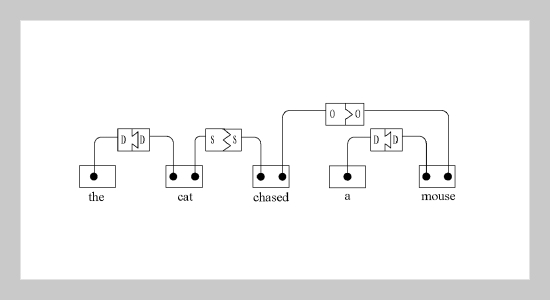Ying-Hong Wang This email address is being protected from spambots. You need JavaScript enabled to view it.1, Chih-Hao Lin2 and Shih-Wei Lin1 1Department of Computer Science and Information Engineering, Tamkang University, Tamsui, Taiwan 251, R.O.C.
2Department of Information Science and Applications, Asia University, Taichung, Taiwan 413, R.O.C.
Received:
November 25, 2005
Accepted:
March 21, 2006
Publication Date:
December 1, 2006
Download Citation:
||https://doi.org/10.6180/jase.2006.9.4.10
e-learning has become an important issue in the practice and research recently. A tool or system of distance learning should provide automatic functionalities to decrease the overload of instructors and students compared with the traditional learning style. In this paper, we present an English chat room system in which students can discuss course contents by interacting with teachers and students. First, the novel mechanism provides Learning_Angel Agent and Semantic Agent that act as supervisors that constantly handle queries online. Next, the mechanism provides a QA subsystem that acts as an assistant. The Learning_Angel Agent can detect syntax errors made by online users. The Semantic Agent can check the semantic meaning of each sentence. Sometimes, learners make semantic level mistakes. This implies that they do not understand the course topic or some particular issue. The semantic agent can, thus, give some suggestions for corrections to the users and analyze the data in the learner corpus. Moreover, when users query the system or other online users, this system will attempt to find answers from the knowledge ontology or learner corpus that is stored in the records of previous users’ comments. Furthermore, if enough QA pairs can be accumulated, the FAQ can act as a powerful learning tool for learners.ABSTRACT
Keywords:
Agent, Semantic Technology, Distance Learning, Link Grammar, Ontology
REFERENCES
















